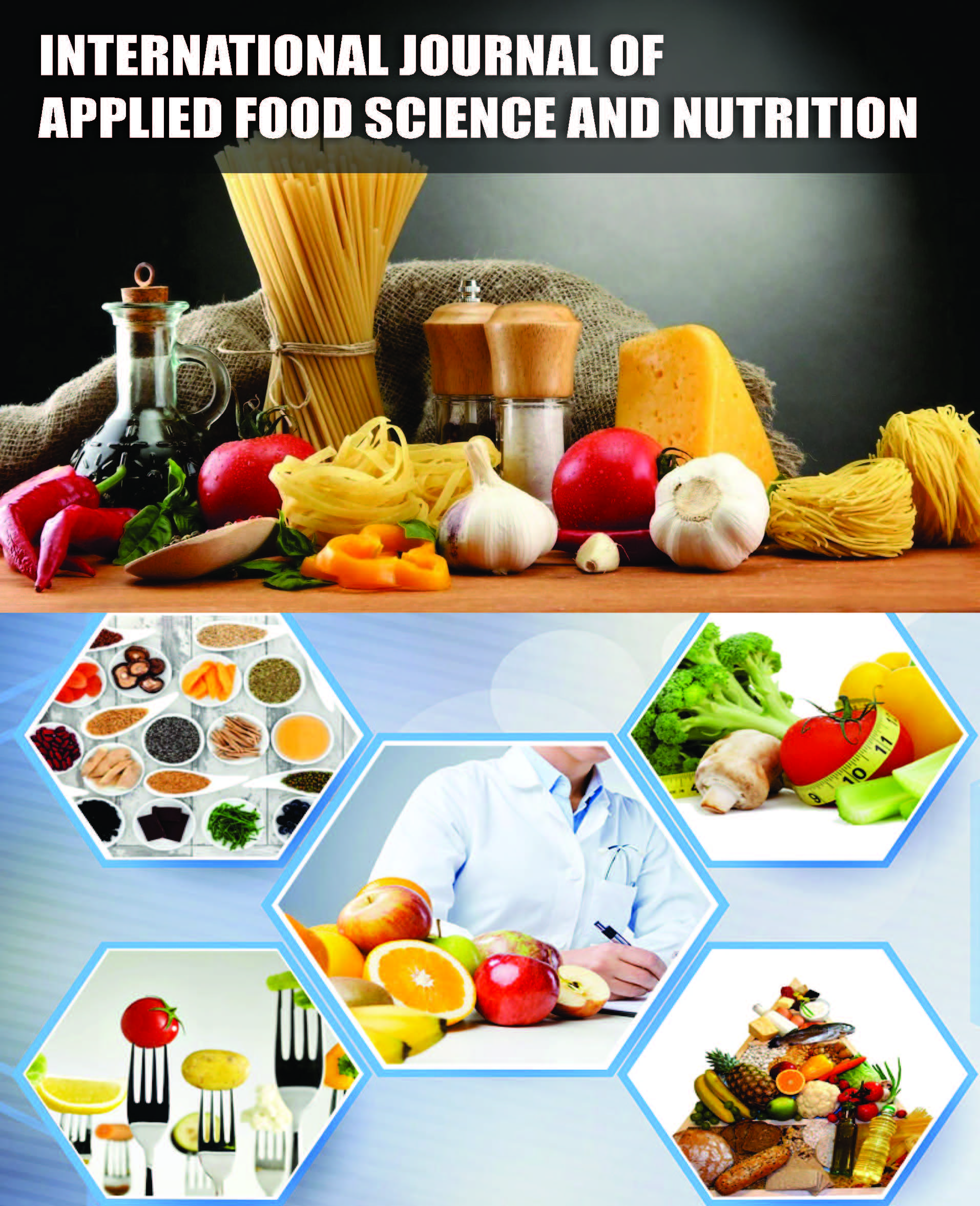International Journal of Applied Food Science and Nutrition
Nutritional Values of Cassava Leaves in Three Districts, Kenema, Kailahun, and Bo, Sierra Leone
Abstract
Peter Makieu, Momodu Sahid Kanu, Abdulai Sillah and Abdulai Sheriff
Cassava leaves (Manihot esculenta) are a vital source of nutrition in the Kenema, Kailahun, and Bo districts of Sierra Leone, contributing to dietary diversity and food security in resource-limited settings. This study aims to evaluate the nutritional value of cassava leaves, focusing on their macro- and micronutrient profiles while addressing safety implications related to cyanogenic glycosides. A total of 15 samples of cassava leaves were collected and analyzed for proximate, mineral, and vitamin compositions using standard methods. The analysis revealed that cassava leaves are rich in protein (ranging from 23.12% to 29.78%), vitamins A, C, and various B vitamins, and essential minerals such as calcium and iron. Significant differences in nutrient content among the districts were observed, with P values less than 0.05, indicating the influence of soil types and farming practices. Notably, the presence of cyanogenic glycosides poses health risks if not properly managed; therefore, processing methods such as boiling, steaming, and fermentation are recommended to mitigate these risks while preserving nutritional value. The findings highlight the potential of cassava leaves as a significant nutritional resource that can enhance dietary diversity and food security. This research advocates for increased consumption of cassava leaves in Sierra Leone while emphasizing the importance of safety measures in their preparation. Further studies are needed to explore factors influencing nutrient profiles and to promote cassava leaves as a viable food source.

